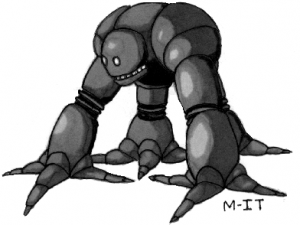 I was thinking about player characters the other day and thought it would be fun to have a way to make one that is instinctively good at something but doesn’t realize it. This could either be because the skill is something they’ve never tried before or self confidence issues. For instance, a kid that is told he’s stupid his whole life but is really a math whiz. Another example could be someone who is extremely laid back and unmotivated but is excellent at defusing explosives because he doesn’t get scared and thinks clearly the whole time.
I was thinking about player characters the other day and thought it would be fun to have a way to make one that is instinctively good at something but doesn’t realize it. This could either be because the skill is something they’ve never tried before or self confidence issues. For instance, a kid that is told he’s stupid his whole life but is really a math whiz. Another example could be someone who is extremely laid back and unmotivated but is excellent at defusing explosives because he doesn’t get scared and thinks clearly the whole time.
To make the character interesting to play several things need to happen. The hidden skill has to be very high, unnaturally so. The character has to be unremarkable in other ways. They might even be bumbling and a total disaster otherwise. This can make the character amusing to play in the right hands. Lastly the skill cannot be something that the character would normally use or it would be hard to explain why they don’t know they’re good at it. A fighting character could be an amazing singer or card player, a scientist being a crack shot, etc.
The questions that come up are, what is the skill, why doesn’t the character know about it and under what circumstances can they use their hidden potential? Also, once they discover their potential do they recognize it?
What Skill?
We’ve already established that it shouldn’t be something that the character would expect to be good at. So how should the skill actually be chosen? I there are three possibilities that come to mind. One, the player picks a skill when they generate the character. The drawback is that the player will be waiting to use the skill as soon as possible, there is no mystery. Two, the GM picks a skill. This preserves the mystery but what happens if the GM picks a skill that the player doesn’t really want to use? The character looses any interest as soon as the player finds out. Three, the skill is left undetermined until there is a need in the game and the player chooses to apply the hidden skill to the task. I like this last option the most as it preserves the mystery and the player picks it hopefully filling a role the player is interested in.
When Can It Be Used? Is It Recognized?
This is an interesting question because if the character first uses the skill and they know they did a good job, unless they have severe self esteem problems, the cat’s out of the bag. They should be able to use the skill any time after the first use. That may be okay and could be a good break for a player that likely hasn’t been accomplishing much up until now. On the other hand, if the player is into playing this enigmatic character and the skill is a subjective one like singing, the character could discount their own skill, thinking people were just being nice. Another possibility is that the character found it so easy that they can’t imagine that other people find the task hard to do.
If the player and GM agree to it, there may also be a psychological barrier to the character using the skill. For instance, the player may not enjoy using the skill. They may feel the action is repulsive or distasteful. Either it takes an act of great will to use the skill or someone has to be in mortal danger to use it.
For The Artifact
To make this kind of character for The Artifact RPG character creation goes as follows. The character gets a hidden skill at +30. Generate attributes as normal but any attribute over thirty is dropped to thirty and the amount the attribute is dropped goes into the hidden skill. If the hidden skill reaches +100 then the character gets a second related hidden skill with what is left over.
When the skill is chosen with any of the methods mentioned above the player decides if the character will recognize the skill. If the player chooses to and they can justify the character not recognizing their skill, they get an additional +20 to the skill.

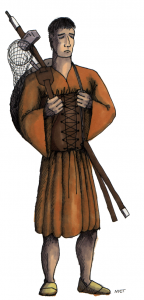
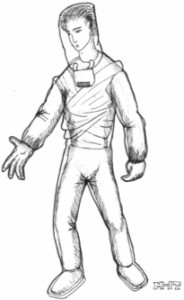

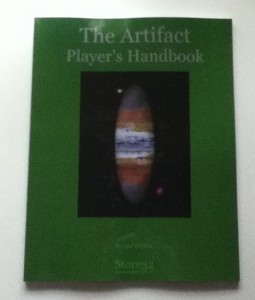
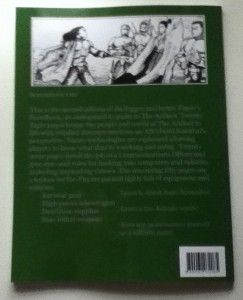
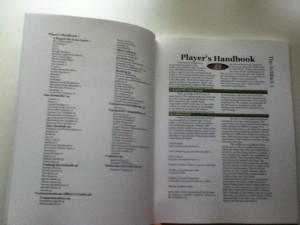
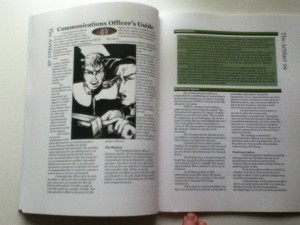

 The Free RPG Blog
The Free RPG Blog